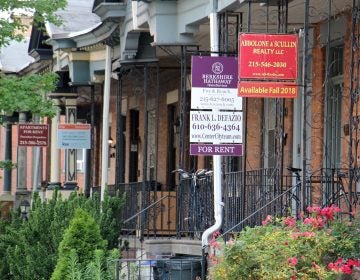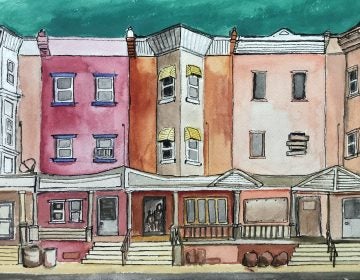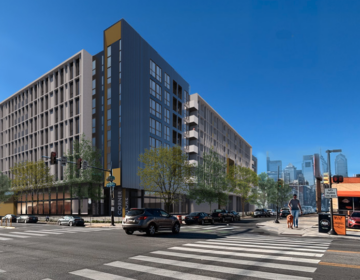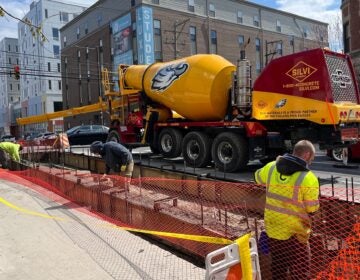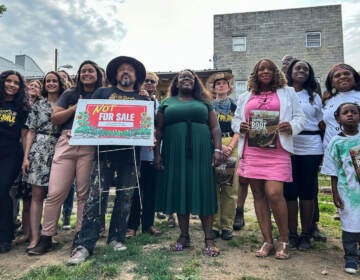As building boom continues in West Philly, Black Bottom Tribe fights for a sign of the community they lost
West Philadelphia residents continue to fight to keep the legacy of the Black Bottom alive. The latest push: for historical markers.
Listen 6:04Andre Black, 71, and known as “Mr. Black,” stands at the intersection of 36th and Market streets in West Philadelphia. He wears a T-shirt that reads, “The Black Bottom is not in University City. The university is in the Black Bottom,” and looks at the young, white professionals milling around him. Periodically, he shakes his head at the scene.
When Black was 18 years old, in 1968, the city and University of Pennsylvania, aided by the federal government, forced Black and his family to move from the intersection of 36th and Market, the heart of his old neighborhood, to the 1400 Block of Divinity Street in Kingsessing. He didn’t fully understand what was happening at the time, but he knew he wouldn’t be back.
“Does anyone understand what urban renewal actually means? It means slum, ghetto, and poor,” Black said. “It’s called that by a system we work for, that we serve in the military for, and we pay taxes for. They relocated us to places we didn’t want to be, from a place where we were happy.”
Black’s removal happened during a period of urban renewal when universities, cities, and the federal government were coming together to replace neighborhoods they viewed as slums with new buildings designed to fit their vision of a modern city. Cities were particularly eager for university projects because the school’s funds would count as part of the local match to get these projects off the ground. The University of Pennsylvania, Drexel University, and University of Sciences joined forces with the Presbyterian hospital to create the West Philadelphia Corporation and cleared space for a commercial corridor and new residential buildings for faculty, staff, and other university-affiliated people.
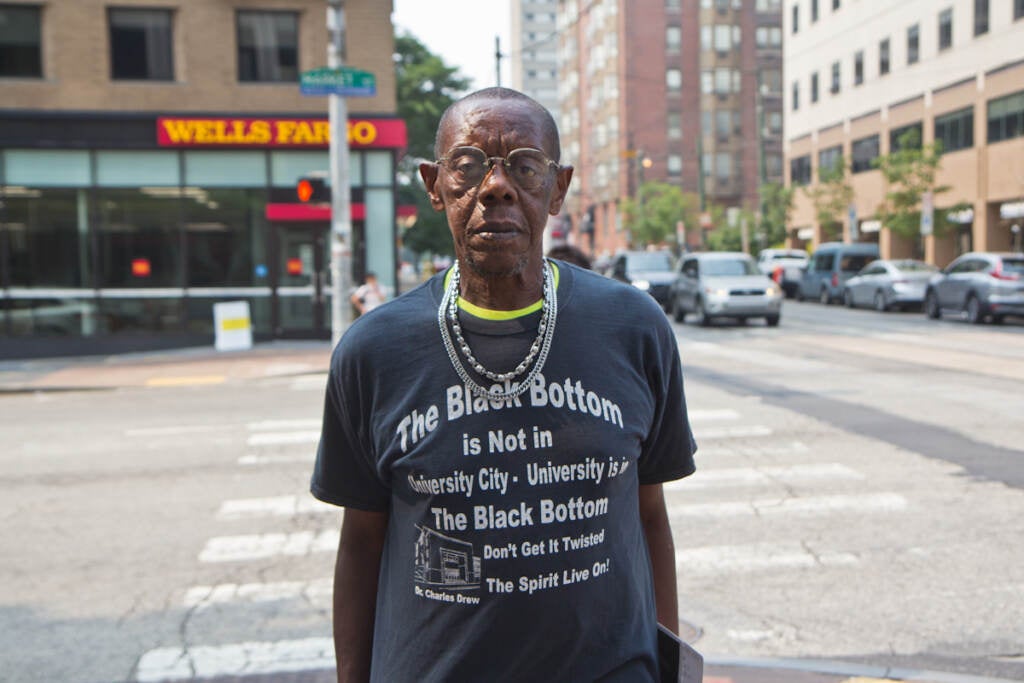
There’s dispute about exactly how many people were displaced by the redevelopment, but experts estimate around 5,000. The boundaries stretched from 32nd to 40th streets, and Lancaster and Powelton avenues to Sansom Street.
“I knew there was no way I was going back down there,” Black said. “There were bulldozers in my neighborhood and they were destroying buildings.”
As Black explained, the sounds of active construction clanged around him. The noise is constant in the area — Drexel and partner, Brandywine Realty Trust, are investing $3.5 billion in transforming 14 acres of largely empty, university-owned land into 7 million square feet of high-end office space, research labs, and retail.
Historians say the project, called Schuylkill Yards, differs in important ways from the urban renewal projects of the past.
“It would be very reductive to say that the same thing is happening all over again,” Laura Wolf-Powers said, an associate professor of Urban Policy and Planning at Hunter College who wrote about the neighborhood in her book, “University City: History, Race and Community in the Era of the Innovation District.”
Wolf-Powers pointed out that Drexel is expanding its footprint on its own, without federal aid. No homes are being demolished. The school isn’t using the power of eminent domain to take private property. But even without direct displacement, gentrification in the area has driven up home prices and rents significantly. Between 2001 and 2011, the area’s Black population decreased by half.
Black said he doesn’t believe the universities would directly push people out of their homes in modern times.
“Not at this point, not in 2021,” Black said.
Still, he sees people moving on, getting priced out.
“If you’re not economically in some type of position to also maintain property, you’ll find that you will be relocated in some kind of way,” Black said, “It’s just something that’s going to happen.”
Black doesn’t fear his own displacement from West Philadelphia. Today, his work is with others from the community to ensure that memories of the Black Bottom stay alive. They want to see historical markers installed so people know about the community lost and have asked the universities to support a community center.
Through a group called the Black Bottom Tribe, he and others hold a reunion for former residents every year. About 100 people came to this year’s event in July.
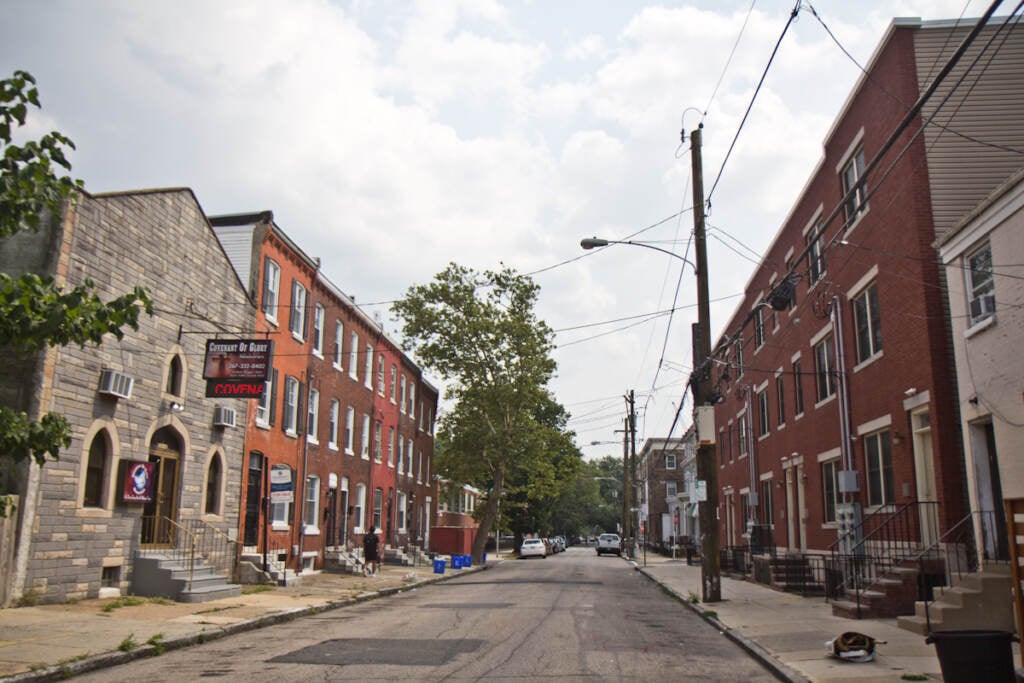
‘The past will never come back’
Dr. Walter Palmer spent about a quarter of his life in the Black Bottom. He moved to the section when he was nine and lived in a two-bedroom apartment with 11 siblings.
As he got older, he became known as a neighborhood “warlord,” protecting 36th and Market as part of a local gang. But at that time, gun violence wasn’t as rampant as it is today and the gangs were more about keeping the tight-knit neighborhood safe, he recalled.
“Everyone was your aunt,” Palmer said.
At 74, he sighs, but it’s not with regret. He said he did everything possible to keep his neighborhood.
“We fought as long as we could and we held off as long as we could,” Palmer said.
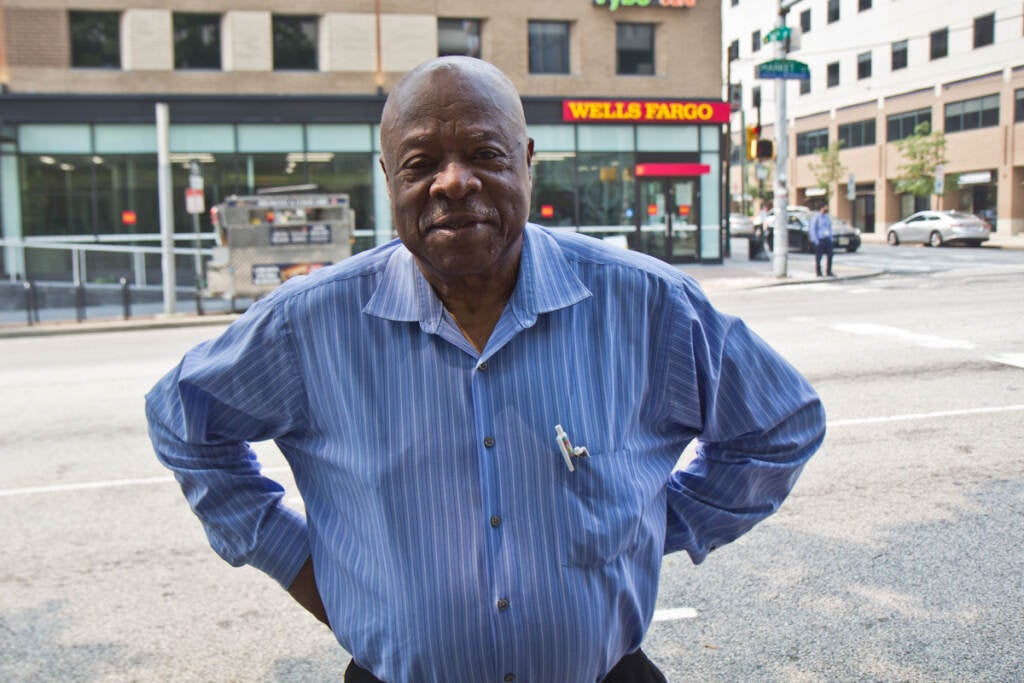
Over the past two decades, Palmer has taught about the neighborhood he grew up in as a lecturer at the University of Pennsylvania. He dedicates his life to recording and gathering archival materials so people remember that they were there.
“The past will never come back,” he said.
When Penn and Drexel began to redevelop the Black Bottom in the 1960s, neighbors resisted. For years, they organized to stop the projects. At one point, in 1963, activists and residents ended up staging a sit-in at then-Mayor James Hugh Joseph Tate’s office.
Ultimately, the Redevelopment Authority won and, by 1968, bulldozers had cleared the Black Bottom. The following year, Penn students and residents staged a sit-in at Penn’s College Hall, but it was too late to halt any removals.
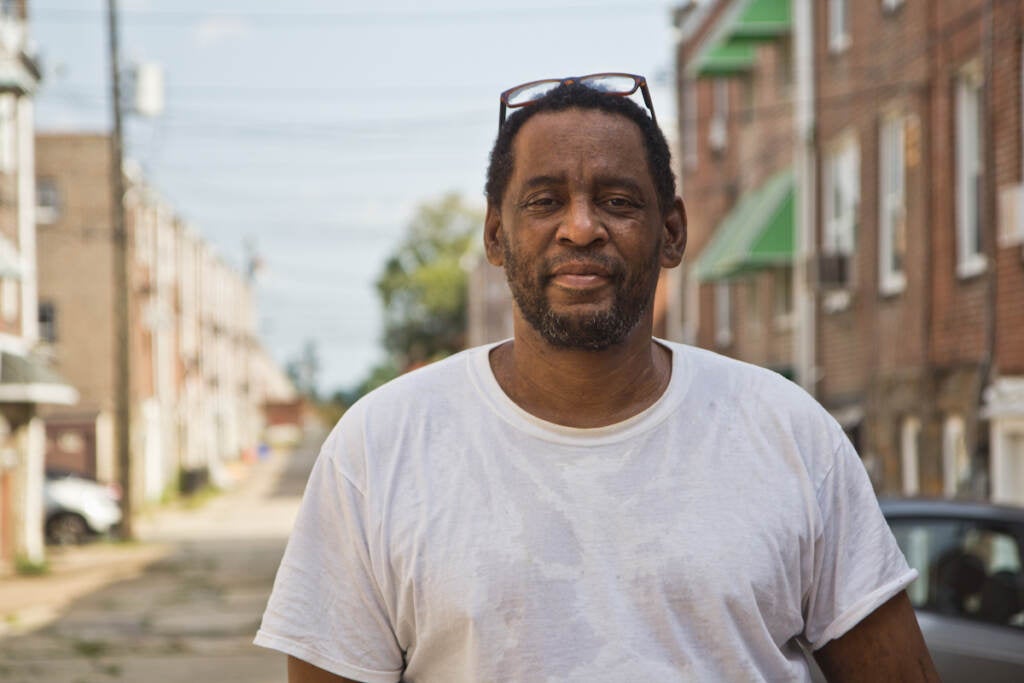
The protests resulted in one win: It forced the Science Center to build low-income housing units on the property. It took 15 years to make that a reality.
Many of the people displaced from the area moved nearby to other sections of West Philadelphia. The first reunion of the Black Bottom Tribe happened in 1974 and attracted nearly 8,000 people, according to Dr. Palmer.
Gerald “Sid” Bolling represents the organization in negotiations with Penn and Drexel. With Andre Black and others, he is working to create a cultural center for the former neighborhood, and historical markers for key places that made up the Black Bottom.
“We want an educational access and community center so we can serve our people in the right way,” he said.
The Tribe is working on doing their own interviews internally with the elders who have the most vivid memories.
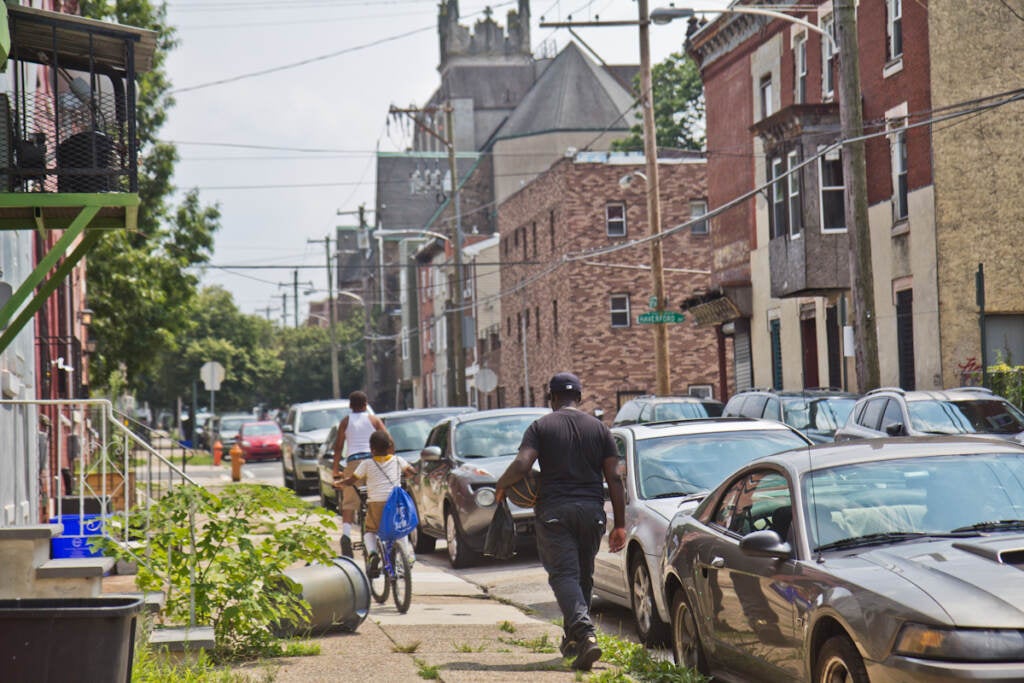
“We’re going to transcribe them and put it into [our own] Black history book so somebody can actually see what gentrification does,” Bolling said.
Penn gave the Tribe $4,000 to support the group’s annual reunion this year and now, the university is working with the Philadelphia Historical Commission to get a marker at 36th and Market streets. The process has just begun, but Scott Filkin, the director of the Office of Social Equity and Community at Penn, said he is working to get the marker application materials ready for the fall.
“What we found is that people across the university are interested in talking about the Black Bottom,” Filken said. “Lots of people have been learning about what happened and want to name it and address it to the best of our ability.”
Still, little has come out of these conversations other than the campaign for the historical marker.
As far as the Schuylkill Yards project goes, Drexel’s partner Brandywine signed a community benefits agreement with neighborhood groups in Powelton, Mantua, and Mount Vernon. The university, meanwhile, has various partnerships that offer residents help with legal aid, home repairs, and workforce development initiatives. But according to Lucy Kerman, senior provost for university and community partnerships at Drexel, there is nothing specifically designed for the former residents of the Black Bottom and no immediate plans to do so.
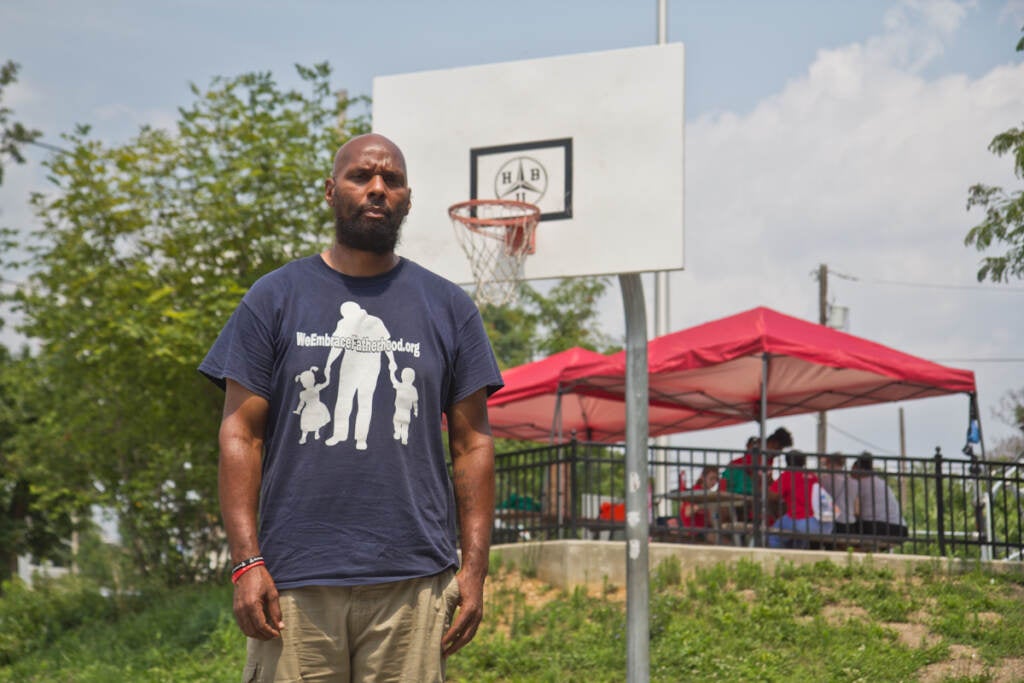
“I wouldn’t say they’re not included but to be truthful, I don’t think we’ve ever asked ‘Where did you live 50 years ago and are you part of this generation?’” Kerman said. “It hasn’t been an explicit data point for us.”
According to Kerman, there’s been a soft rule since 2010 that Drexel expands only to the east and west of main campus, not north and into neighborhoods. Still, Drexel has bought culturally significant buildings such as the West Philadelphia Community Center, now a daycare center, and University City High on the 3600 block of Filbert Street, which had a mosaic memorial dedicated to the Black Bottom. Drexel demolished it in 2015 and now it’s in the process of being remade into a billion-dollar, mixed-use project, including Powel Elementary/Science Leadership Academy Middle School surrounded by residential, retail, recreational, and office space.
Derrick Pratt, 49, is from Mantua, bordering the Black Bottom. He grew in the 1980s in the shadow of urban renewal. In his own lifetime, he has seen the neighborhood continue to transform. He said he wishes Drexel would have made the community center public to the entire community when the university bought it.
“Here in Mantua, there is no indoor recreation that’s available to the community,” he said.
Pratt operates his own basketball camp where he makes a point to teach young people about how the neighborhood used to be.
“I work with young people, letting them know where we came from and letting them know that it’s important for us to know our history, because you have to know where you came from in order to focus on where you’re going,” Pratt said.
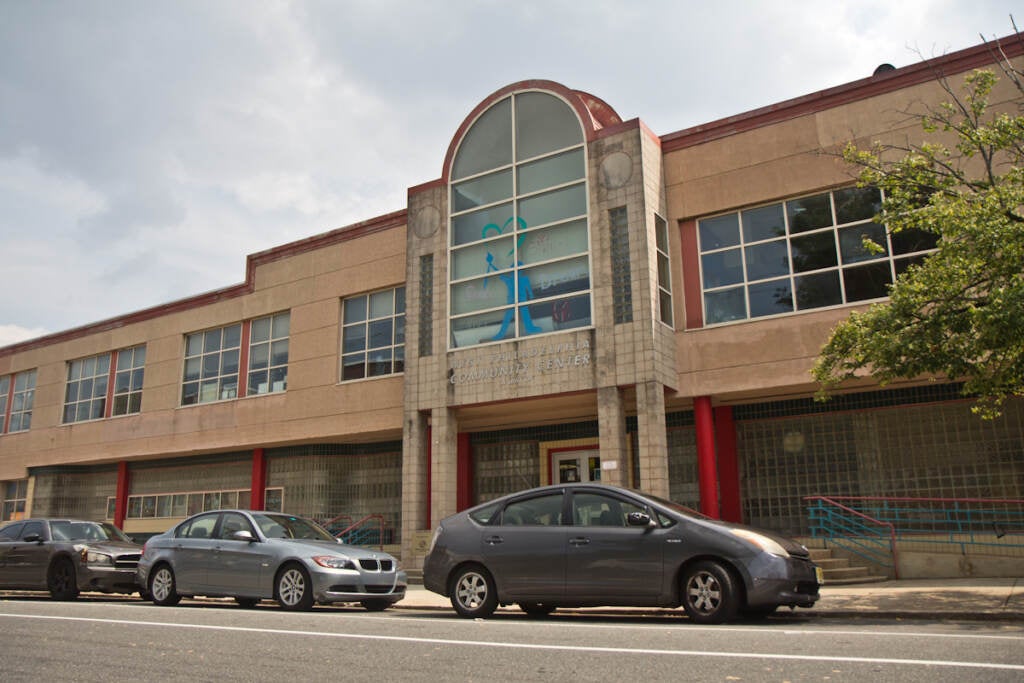
‘We had plans, too’
City Councilmember Jamie Gauthier’s district encompasses the Black Bottom and she attended the most recent reunion.
Gauthier’s office said it is working on building relationships with the Tribe, but has no concrete plans yet.
“We’re definitely interested and committed to working with them,” said Andrew Goodman, Gauthier’s Director of Equitable Development. “We want to take the lead from them.”
Gauthier has made fighting for affordable housing and equitable redevelopment a priority. Since coming into office, she has worked to promote inclusionary zoning policies that incentivize affordable units in market-rate development. She has also pushed for community control of the city’s vacant land.
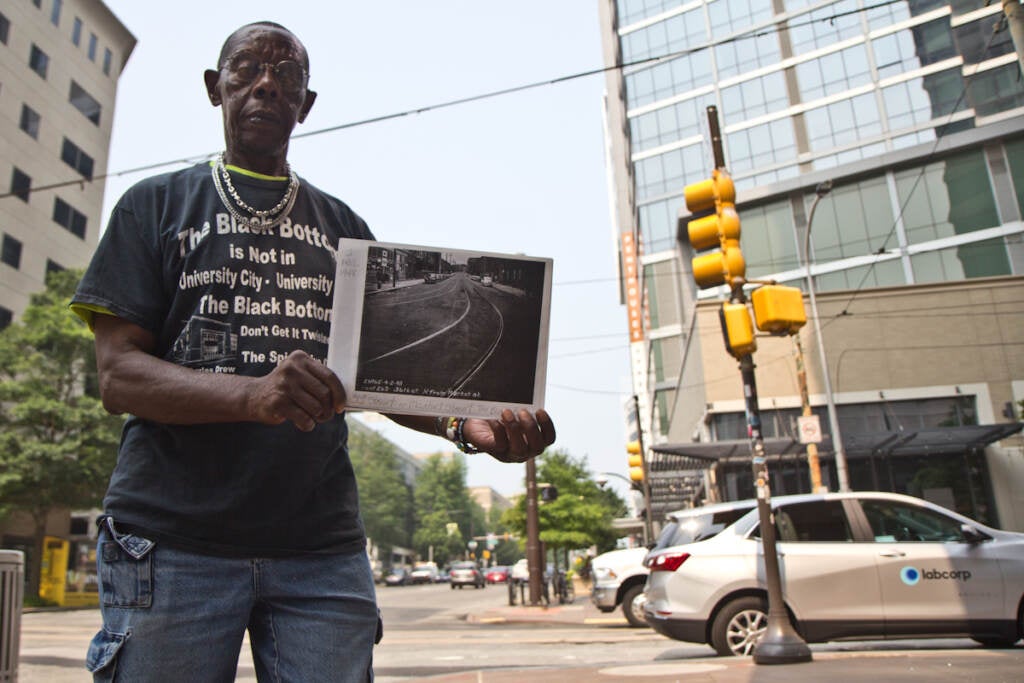
Black, meanwhile, holds into the old pictures he has of the neighborhood he once knew. He points across the street to various old shops on Market that are no longer there. Instead, he sees college flags everywhere.
“They didn’t realize that as human beings … we had plans, too,” he said. “We had plans to stay at 36th and Market.”
Black said he doesn’t harbor any ill will against the universities. As much as he wishes his Black Bottom neighborhood hadn’t been destroyed, he acknowledges that the university employs a lot of people. Penn is one of the largest private employers in the city; Black’s own grandmother worked there.
“It’s not about having hatred towards them,” Black said. “It’s knowing the system.”
 WHYY is one of over 20 news organizations producing Broke in Philly, a collaborative reporting project on solutions to poverty and the city’s push towards economic justice. Follow us at @BrokeInPhilly.
WHYY is one of over 20 news organizations producing Broke in Philly, a collaborative reporting project on solutions to poverty and the city’s push towards economic justice. Follow us at @BrokeInPhilly.

Subscribe to PlanPhilly
WHYY is your source for fact-based, in-depth journalism and information. As a nonprofit organization, we rely on financial support from readers like you. Please give today.



